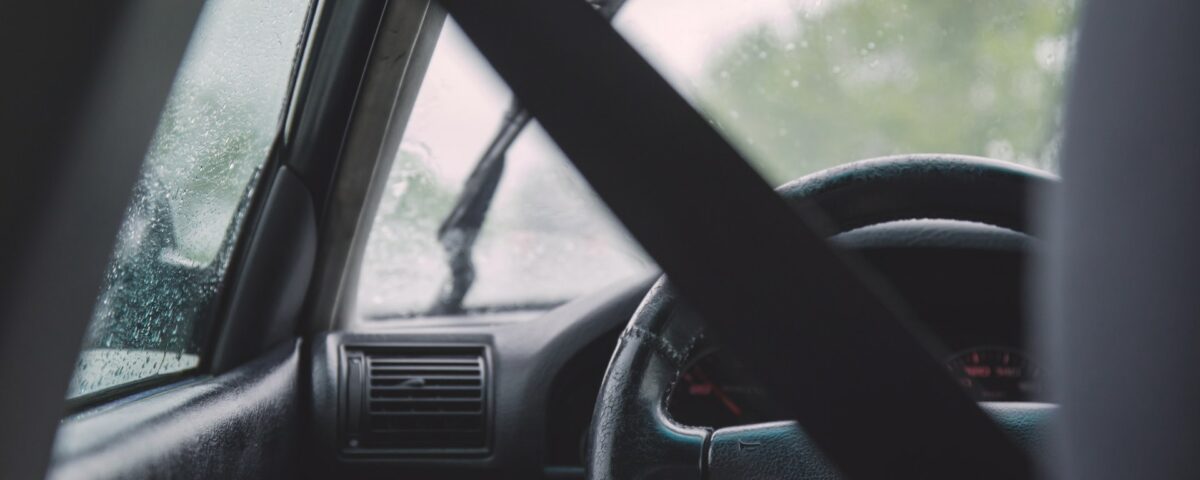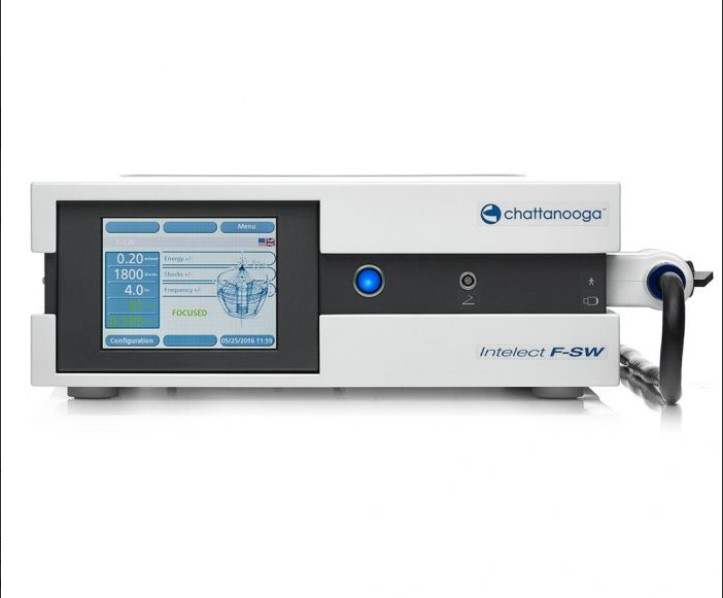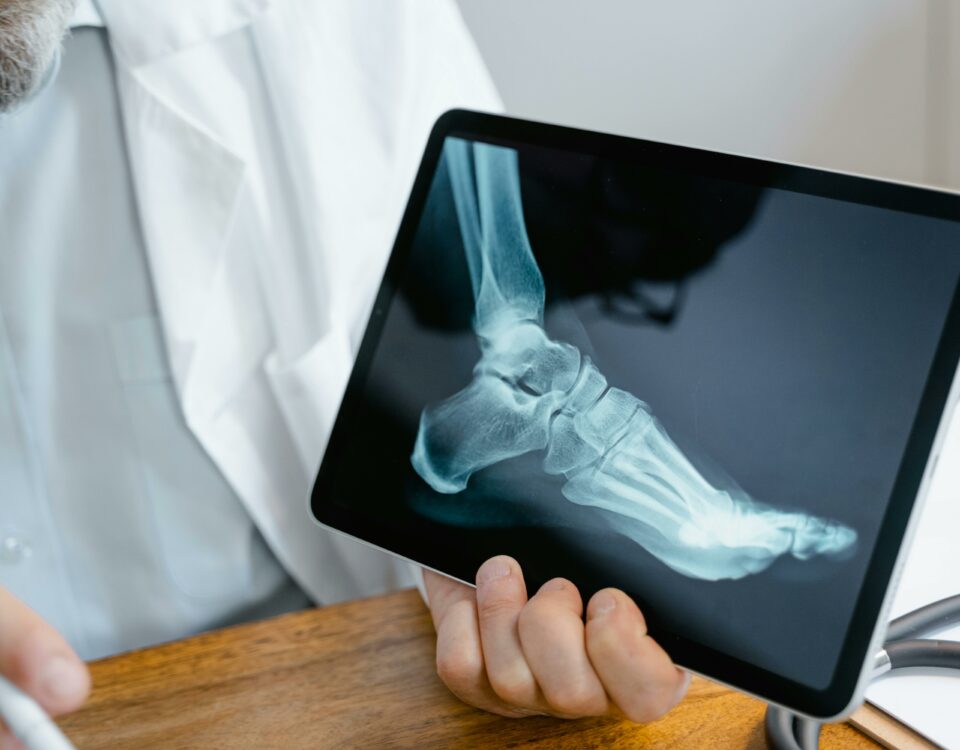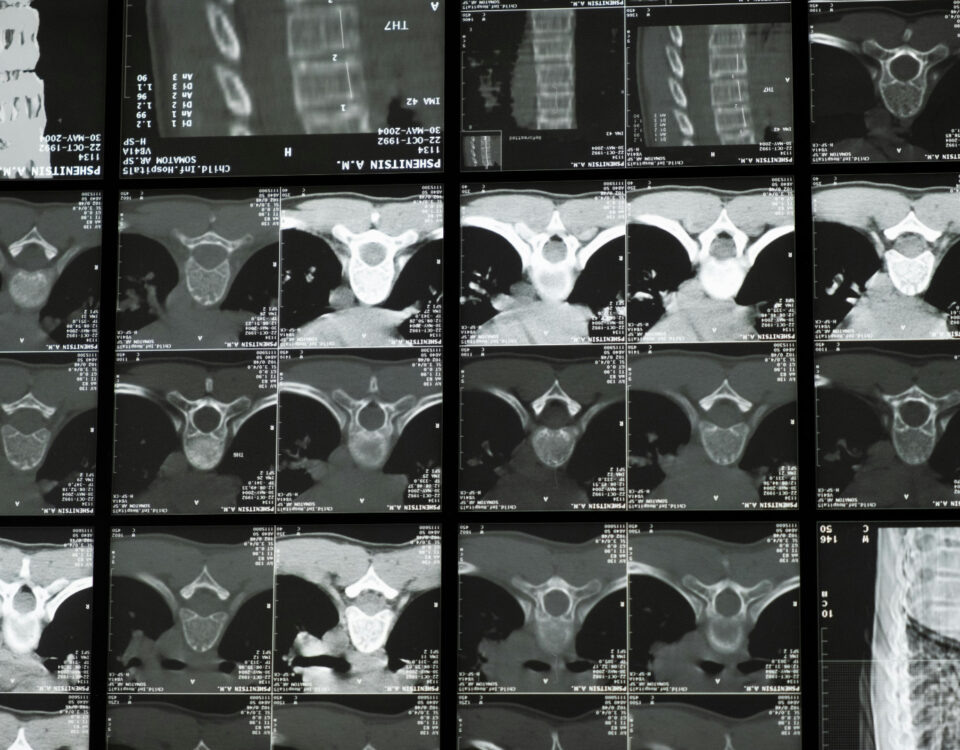
Case Study: Climber with Hand Tingling and Weakness after Rock Gym Climbing
January 15, 2023
Painful Trigger Points in Muscle following an Injury Event Like an Overstretch or Overexertion.
March 6, 2023“I have a rib out…” – treating a rib injury from Seatbelt after Low to Medium Speed Car crash accident.
We previously published a case study where we were treating a rib Injury from seatbelt after Low to Medium Speed Car crash accident. The patient came into us saying “I have a rib out”, which we hear again and again. This time, though, the patient was a passenger of a Toyota Rav 4 which was hit in the front passenger’s side quarter panel by a light truck. Impact was solid but probably about 15-20 miles per hour. What do you think the problem was? The patient was thrown forward by the momentum of the accident, and into the seatbelt which was also auto-retracting. In this accident, the air bag did not deploy because the impact came in at an angle. This person was having sharp pains in the upper back behind the left shoulder blade – which they were calling “their shoulder” – and intermittent pain with deep breaths and with movements of the neck. There was some aching pain down the arm. They could not lie on the involved left side. So they could move, with pain, but there was pain on deep breathing on the left side. So the answer to the question “what was the problem” is actually very straightforward but often overlooked by many providers. Since Doctor Dana Sibilla is trained in chiropractic orthopedics and also low velocity crash injury reconstruction – with a specialty in ribcage injuries – Blue Heron Chiropractic at 1934 NE Broadway in Portland was an ideal place to come and find out some answers and make a plan.
Are rib injuries common?
Rib injuries are a common type of injury that can occur in car accidents. The rib cage is made up of 24 bones that protect the vital organs in the chest, including the heart and lungs. The ribs run from the sternum in of the chest, out and around like a bucket handle, and join with the thoracic spine in the back. In a car accident, the force of impact can cause the rib cage to be compressed, leading to rib fractures or other types of rib injuries like ribcage joint sprains.
While literature lists rib fractures as the most common type of rib injury that can occur in a car accident, rib joint sprains would probably be even more correct – if they were properly diagnosed more often. That is, rib injuries are frequently underdiagnosed. Rib injuries can also cause damage to the muscles, ligaments, and other soft tissues in the chest and back. This can result in significant pain and discomfort, and can make it difficult for a person to breathe or sometimes even tip their head or twist their chest. They will often describe this as feeling like “a wooden stake in my back”. In many cases, this type of injury can take several weeks or even months to heal, and will require Chiropractic physical therapy or other types of rehabilitation.
Why did the rib sprain and not fracture?
The ribs while in a living body have a considerable amount of flexibility and are distortable, much like a stiffer fishing rod. In the accident we described above, the patient’s body twisted as the seat belt, which supported the passenger from the right shoulder to the belt line on the left side, allowed the upper left chest to rotate forward towards the impact. When the rib reached the maxim distortion it would allow, the joint between the head of the rib in the back and the thoracic spine “sprung” and sprained, probably tearing or overstretching some of the joint capsule that holds the rib in place. Symptoms of a rib sprain can include pain in the chest or back (typically on one side), difficulty breathing (pain in the back), and discomfort when coughing or laughing. In some cases, a rib can also have some internal fracture-like distortion or internal contusion that at least initially needs to be treated like a closed “greenstick” fracture. These pseudo-fractures typically can’t puncture the lungs, which is then not a life-threatening condition, but still one that can cause a lot of pain. Occasionally, with head-on injuries, the pressure of the seat belt can also fracture ribs or sprain rib joints. In our case, this patient was dealing with a sprain. Another possible injury could have included strains of the supporting local muscles, the intercostals.
How about the pain down the arm?
The pain down the arm was referred pain from the joint injuries, following what is referred to as a scleratogenous referral pattern. These pain presentations typically also include the result of “Trigger Points” in the muscles, which refer pain in predictable patterns. In the clinic, we will show you a Myofascial Trigger Point referral chart which is always helpful to educate.
How do we diagnose this?
While diagnosing a rib sprain is fairly straightforward (once we know what to look for), diagnosing rib fractures that are not compound or separated or “greenstick” fractures can be challenging, because X-Rays do not typically display ribs very well. Often, it is an examination consisting of history, observation, palpation, fracture screening with vibration, listening to the lungs, and challenging the ribs by putting gentle fingertip pressure on both the injury area and the involved joints that gets the initial diagnosis. At the same time, we are almost always goign to call for the X-ray in a trauma. Chiropractic and Orthopedic challenge tests allow us to understand the dynamics of the way the joint is injured, and come up with a plan of treatment. As a Chiropractic doctor I will typically interview, perform a thorough physical exam, review the person’s medical history, and order imaging tests, such as X-rays or CT scans, to diagnose a rib injury. We then build a plan. At Blue Heron Chiropractic, reviewing cases referred to me, I have seen many rib sprains misdiagnosed as simple thoracic spine strains – a diagnosis that would have to be made more specific.
How do we treat?
If you have ever had a “rib out”, you know that this is a tricky situation to deal with. The adjustment for rib injuries is probably one of the most difficult adjustments in a chiropractor’s toolbox; it just so happens that Doctor Sibilla has spent extra time focusing on this specific one, in order to do the best job in the area. It’s important to note that especially with a car accident injury, there are often multiple areas and structures that are involved. Patients coming up hard against an airbag and reflecting or rebounding back into a seat sometimes have not only a rib sprain, but a neck and low back sprains or strains as well. The treatment plan must address all aspects of the injury in the order they can be reached, in our experience that is sometimes missed if a physician is moving too fast or being too casual. The first steps are generally about support and stabilization. After the area has been supported long enough to heal, it can be moved therapeutically to prevent adhesions and strengthen related muscles and structures.
How did this Car Wreck / Rib Injury patient do?
We don’t want to say we told you so, but we are pleased to say the patient did well. Often with a rib sprain, a corrective adjustment settling the joint from an impinged position and establishing normalized positioning of the spine takes a lot of pressure off the rib, which can actually be “loaded up” like a slightly bent fishing rod. Relief from initial pain is often achieved in one or two adjustments. In this case, the patient could “breathe a sigh of relief”, and we could begin to work on the related neck sprain and strain. All came out well after treatment and progressive exercises.
Treatment for rib injuries depends on the severity of the injury and may include pain management, immobilization of the affected area, chiropractic adjusting and chiropractic physiotherapy (physical therapy). A referral will be made in severe cases. In some cases, a person may need to protect their ribs as they heal. Often, we will do gentle therapeutic ultrasound (although not on the shaft/body of a rib), resettle an adjacent rib joint or spinal structure to improve movement or alignment for healing, massage to calm muscles, and move towards supportive exercises as soon as they can be tolerated. It’s important to seek chiropractic attention as soon as possible after a car accident to ensure that any rib injuries are properly diagnosed and treated.
How is Blue Heron handling the COVID-19 Pandemic at this time?
Doctor Sibilla and all staff are fully vaccinated with updated boosters. Dr. Dana’s on his fifth shot to date, updating after 90 days for optimum immunity. We are still currently masking inside the clinic, as is required for all healthcare facilities, and Dana wears a face shield for in-close procedures. If you don’t have an appropriate mask, we will provide you with one. Access Chiropractic safely and securely at Blue Heron Chiropractic & Healing Arts Center, a chiropractor near me, with Dr. Dana Sibilla, DC DABCO FIANM.




